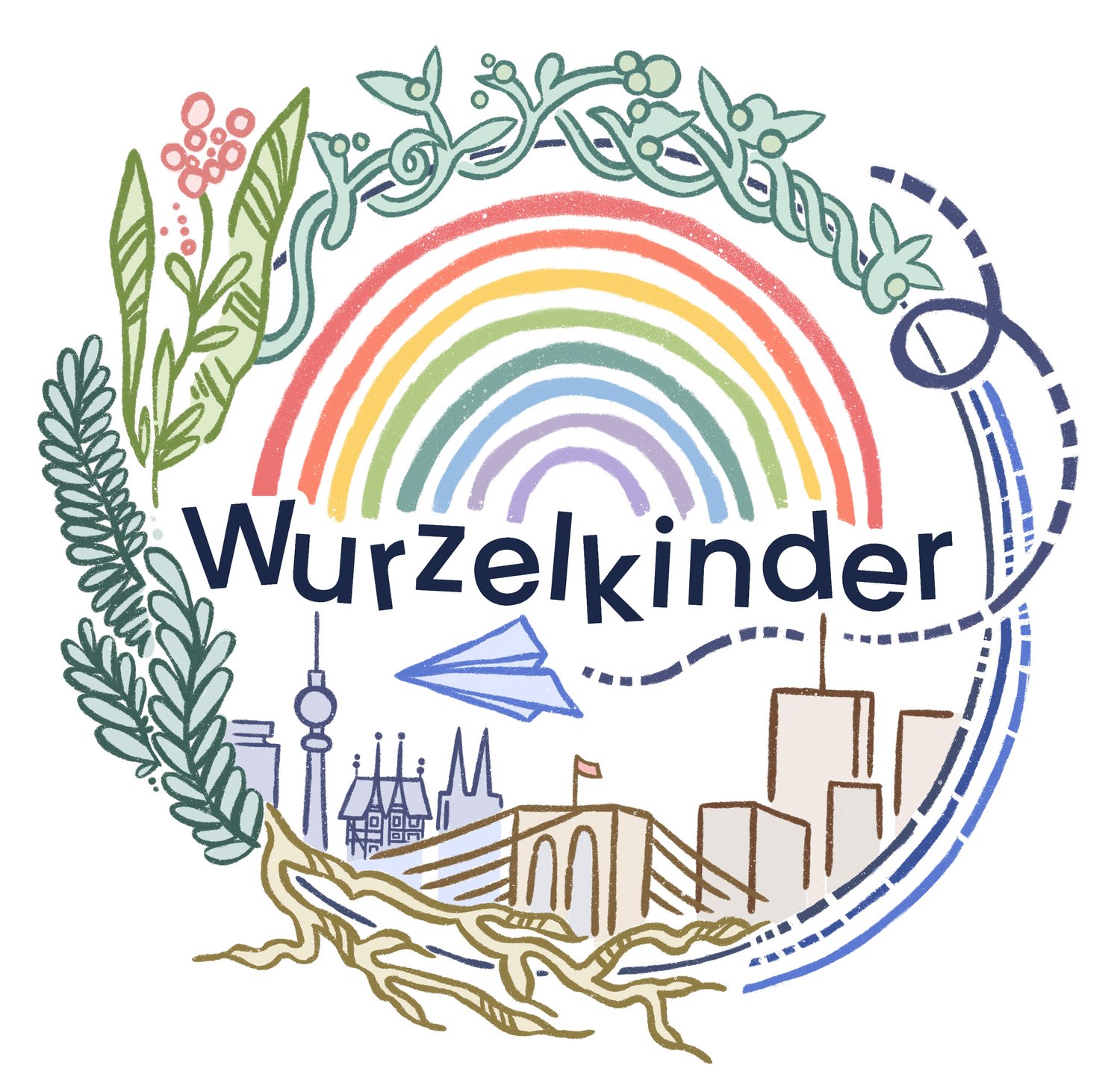
Wurzelkinder -
die deutsche Kita in Brooklyn
Giving your child roots and wings to soar.

German Immersion.
What is “Immersion”?
"Immersion" is a Latin word originating from the word "immersio” which means plunging or dipping into. Applying this concept, the language is not systematically taught, but rather used for everyday activities in the school or preschool. Think of this as “bathing” in a language. It is free from pressure and therefore does not make demands on children.
The goal of language learning using the immersion concept at school is the development of the language, plus an understanding of cultural and intercultural competence.
Why German immersion?
Linguistic and cultural diversity and the respect for the person and openness towards other cultures are fundamental values in the EU and at Wurzelkinder. The EU determined “that the ability to communicate in several languages is an important asset for individuals, organizations, and companies”. The teaching and learning of a language create the ability of intercultural dialogue. It also improves your child’s educational and employment opportunities. By the way, the President of the European Commission is Ursula von der Leyen, a female politician from Germany.
Source: www.europarl.europa.eu

So viel Vertrauen und Freiheit wie möglich, so viel Struktur wie nötig.
We balance providing structure to make the children feel safe with offering enough freedom to respect each child’s right to self-determination.
(Check out the Convention on the Rights of the Child to read more about children’s rights)


Our setting.
We operate with the principle of a collaborative learning setting. Therefore we have a mixed age-group, from 2 to 5 years in one group. In age-heterogenous groups, children have even more opportunities for their general development. Maria Montessori suggested that a minimum of 3 age groups should be in one class. It allows the child to be able to switch into different roles in different social settings (competent, confident, shy, empathetic, etc.). Children want to find orientation, have interactions and switch to different roles. Diverse age groups offer physical and emotional experiences homogeneous age groups don’t provide.

We enable your child to dive deeper into their curiosity and seamlessly switch between guided and self-guided learning situations.


